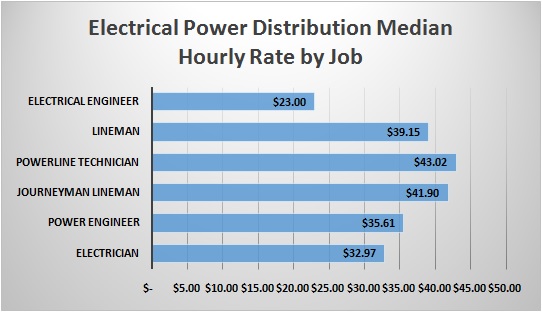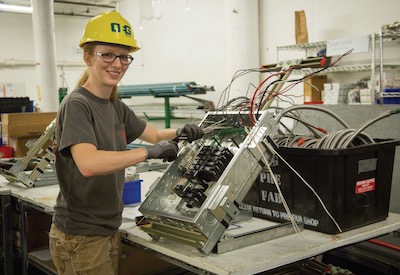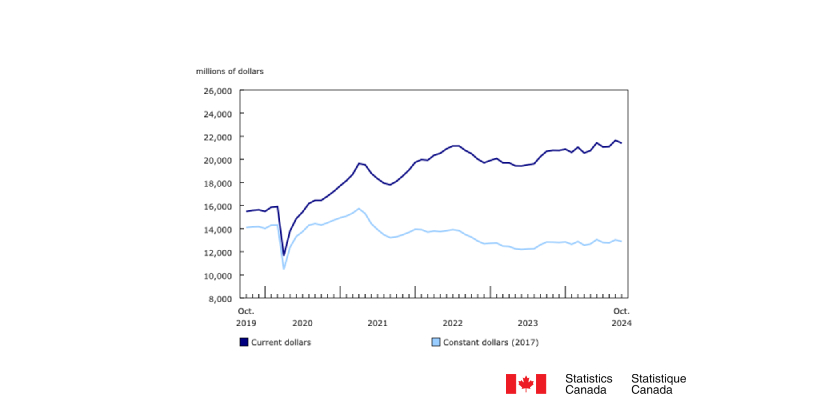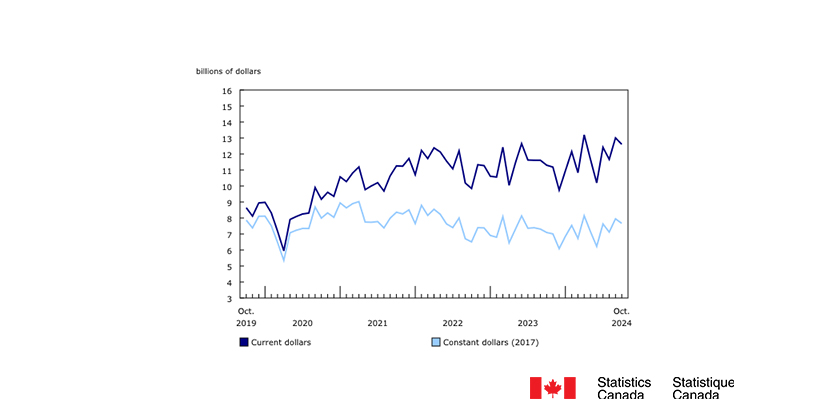PEI Begins Substantial Interconnection Upgrade Project
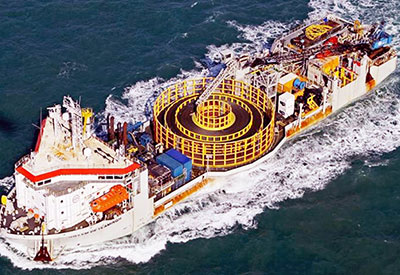
June 31 2016
Prince Edward Island has begun on one of the largest construction projects in its history — replacing and upgrading undersea electrical connections between PEI and New Brunswick.
The Interconnection Upgrade Project, a joint effort with the federal government, will allow PEI to import electricity from New Brunswick through two new 180 MW submarine cables, overhead transmission lines, substation upgrades and more. The submarine cables will be owned by the province and leased to and operated by Maritime Electric. Project costs have been estimated at between $120 million and $140 million.
When the existing submarine cables were installed nearly 40 years ago, the electricity load was 95 MW. In 2015, it peaked at 262 MW. PEI has no natural energy supply sources and relies on off island sources for cost-effective and reliable energy supply. While the province has developed significant wind energy supply, this supply requires back up for times when there is no wind.
The project offers at least five benefits:
• enabling future electrical growth on PEI
• improving reliability for customers
• reducing reliance on fossil-fueled generation
• creating a secure, reliable connection to the mainland
• providing access to a more economic energy supply
What’s involved
The project requires
• installation of two 180 MW submarine cables between Borden, PEI and Cape Tormentine, NB, (16.5 km) in the Northumberland Strait
• construction of 60 km of new overhead transmission line between Cape Tormentine and Memramcook
• construction of a substation extension at Borden, PEI
The project also includes:
• two landfall sites (where the submarine cable trench is brought ashore)
• two termination sites (for converting submarine cables to overhead transmission lines or substation)
• upgrading of the New Brunswick Power Corporation (NB Power) substation in Memramcook, NB
The first construction phase involves pre-trenching. This process involves a marine excavator called a Starfish and two mechanical marine dredges: one at PEI’s Borden-Carleton site and the other at New Brunswick’s Cape Tormentine site.
On the Cape Tormentine side the Starfish will be used excavate approximately 600 metres from shore into the Northumberland Strait. Once that distance is reached the Starfish will be shipped to the PEI side and the mechanical marine dredge will continue to excavate to the 1.8 km mark offshore.
The Starfish will be in operation for 12 hours daily for excavation. The two mechanical marine dredges will be working 24 hours per day on excavation. This process, expected to take 6-8 weeks, will ensure there are no rock obstructions along the route when the cable is laid in mid October.
The two cables will be installed under the seabed in separate trenches, up to 200 m apart. In water depths of greater than 12 m the cables will be buried at 0.6 m, while in areas of less than 12 m of water the cable will be buried at approximately 2 m. Excavating within the marine environment will involve trenching with excavators in water depths up to 2 m and a trenching remotely operated vehicle (TROV) with a saw cutter for the remaining sections. Exclusion zones around the cables are not planned. There will be no fishing restrictions. Once the cables have been installed, navigation charts will be updated.
The entire project is scheduled for completion in late spring or early summer 2017.




